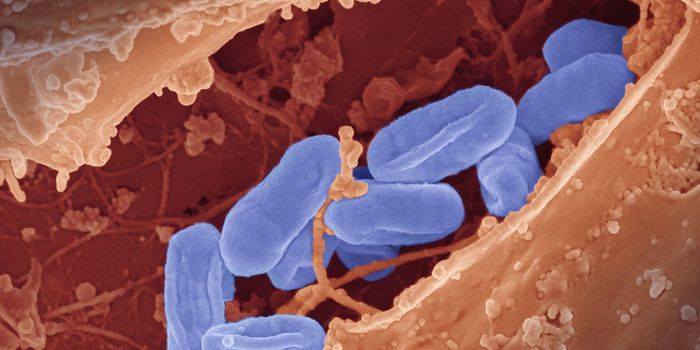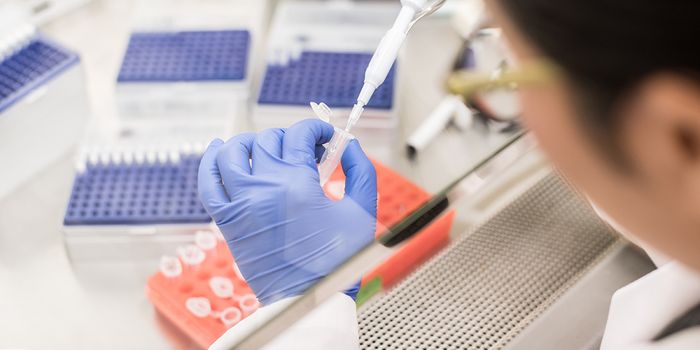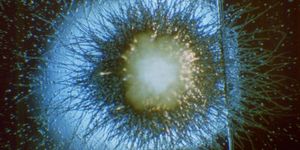Why Liver Gene Therapies Have Not Worked & How to Improve Them
Diseases that are caused by errors in a gene might be cured if we could correct those errors, or genetic mutations. In order to do that, the molecular tools to repair the genome have to be delivered to the right place in the right cells. Scientists have developed non-pathogenic viruses that can do that. There have been some problems with these viral vectors, however.
Researchers have now found that a viral vector used to deliver gene therapy to the liver called adeno-associated virus 2 (AAV2) may not be working as intended. The findings, which have been reported in Science Translational Medicine, might improve the treatment of genetic disorders that affect the liver.
AAV2 attaches to a receptor on the surface of target cells; this receptor should ensure that AAV2 is binding to cells that should get the gene therapy - the cells that are expressing the mutated gene. In this study, the researchers found that AAV2s do bind to their intended receptors, which are called heparan sulfate proteoglycans (HSPGs), but they do so too tightly. Since these HSPGs can be found on cells all over the body, the AAV2s get caught up on the wrong cells before they ever reach the liver.
This work can help explain why clinical trials of gene therapies that are meant to treat liver diseases have had low success rates. It also led the scientists to identify other adeno-associated viruses that are better at delivering the therapy to the liver. They found one that can do so; it binds to an as-yet-unidentified receptor.
"This really challenges a basic concept in our field that binding strongly to HSPG was essential for AAV's entry into human cells and suggests that vectors targeting the other receptor used by natural AAVs, of human liver origin, are likely to be more effective for clinical gene therapy applications'' said Dr. Leszek Lisowski, Head of the Translational Vectorology Research Unit.
"The prototypical AAV2, discovered over 50 years ago, is the serotype on which the entire field of AAV vectorology and gene therapy is based. Our discovery will shake the foundations of the field of AAV-based gene therapeutics and will mark the beginning of a new era not only for biomedical research, but most importantly, for millions of patients affected by genetic disorders. It sheds new light and challenges our previous understanding and corrects misconceptions about how the vector binds to the cells,'' he added.
"It will help us understand previous clinical data and how to improve on" these vectors, said lead study author Dr. Marti Cabanes-Creu. "By having a better vector, we can increase the safety and improve the efficiency. Because a lower dose will be needed to achieve therapeutic efficacy, the cost of those therapies will be decreased, which is an additional benefit to the patients, their families, and the healthcare system."
Sources: AAAS/Eurekalert! via Children's Medical Research Institute, Science Translational Medicine








